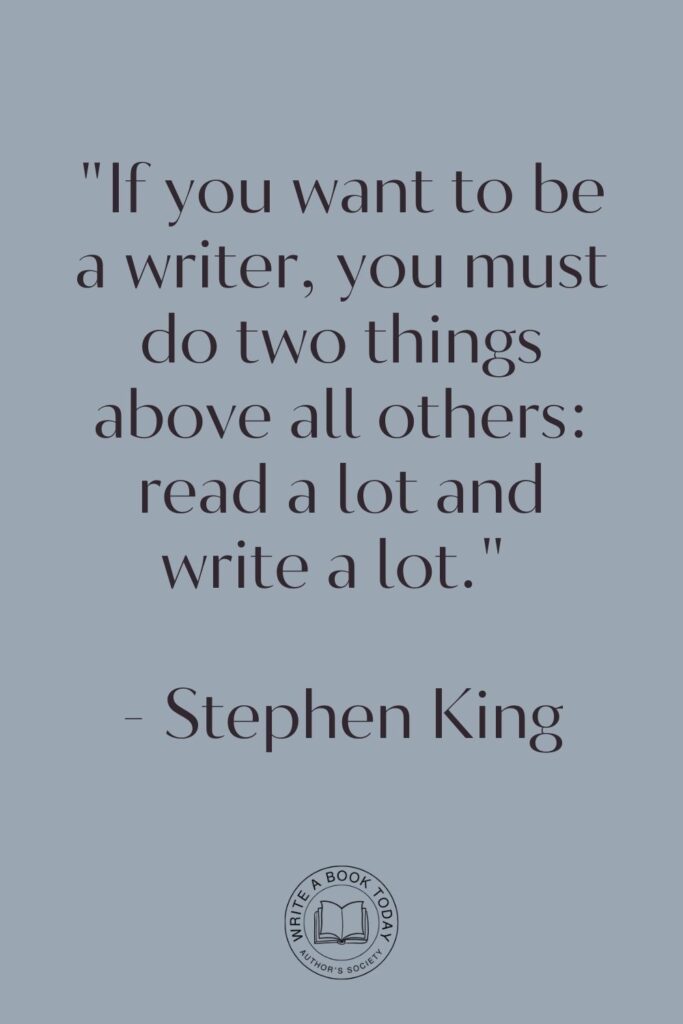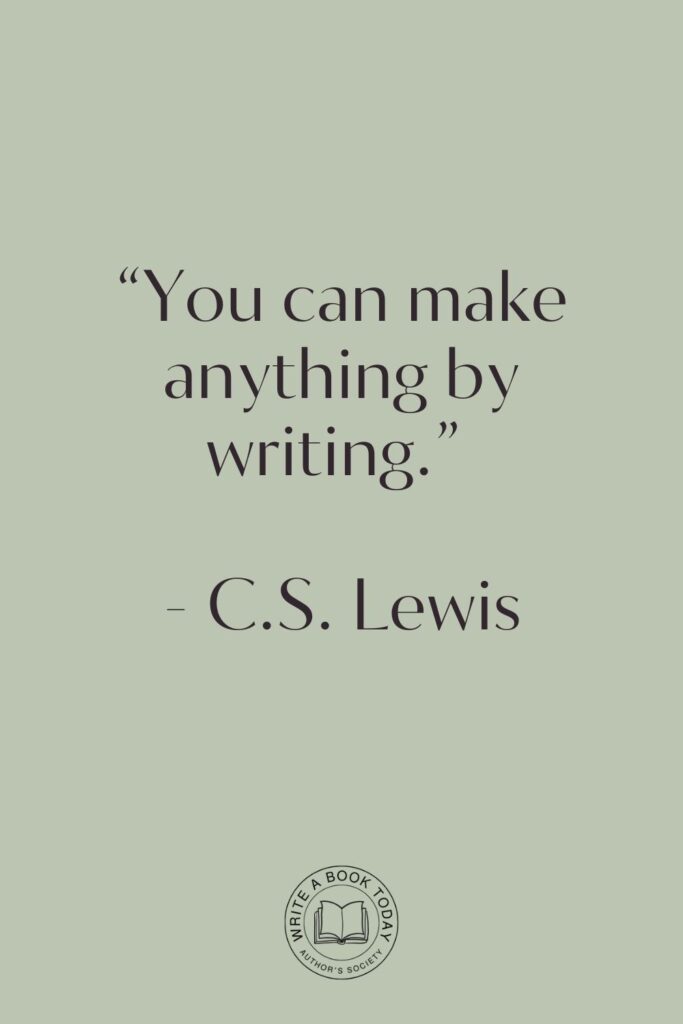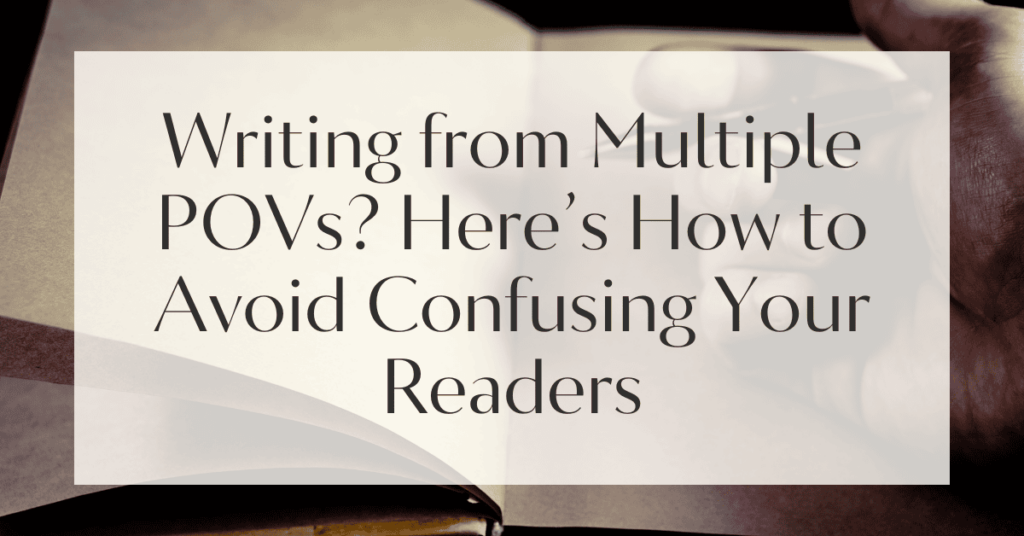Imagine reading a novel where every turn of the page offers a fresh perspective, like peering through a kaleidoscope of human experience.
This is the magic of writing from multiple points of view. But how do you harness this power without leaving your readers dizzy and disoriented?
This blog post will guide you through the art of multi-POV writing, ensuring clarity and engagement with every shift in perspective.
Together, we’ll explore why multiple viewpoints can enrich your storytelling, how to structure your narrative for seamless transitions, and essential tips to avoid common pitfalls.
Let’s embark on this journey to transform your storytelling and captivate your audience.
Understanding the Power of Multiple Perspectives
Writing from multiple points of view offers a dynamic narrative tapestry, weaving together diverse character experiences to create a richer story world.
This technique allows authors to delve into complex themes and explore characters’ inner worlds in ways a single perspective might limit.
By inviting readers to step into different characters’ shoes, you provide a panoramic view of your narrative universe, akin to a film director using various camera angles to tell a story more vividly.
The Appeal of Writing from Multiple Points of View
The allure of multi-POV writing lies in its ability to add depth and complexity to your storytelling.
Think of it as a symphony where each character plays a unique instrument, contributing to the overall harmony.
This method not only deepens character development but also enhances plot intrigue by revealing different facets of the same story.
Consider J.K. Rowling’s “Harry Potter” series, where the occasional shifts in perspective enrich the plot and build suspense, offering insights into the minds of characters like Snape and Voldemort.
To maintain reader interest, ensure each POV contributes uniquely to the narrative. Avoid redundant perspectives that don’t add value to the story.
Instead, focus on characters whose viewpoints provide crucial insights or emotional depth.
This approach keeps your readers engaged and invested in each character’s journey.

When to Use Multiple POVs in Your Narrative
Choosing when to employ multiple perspectives is crucial. It’s like deciding the best moments to change scenes in a film.
Multi-POV is particularly effective in stories with intersecting plotlines or when exploring moral dilemmas from different angles.
However, it’s essential to use this technique judiciously. Overusing it can lead to a convoluted narrative, much like an overcrowded stage where no single actor stands out.
Always ask yourself if a new perspective genuinely adds to the reader’s understanding or emotional engagement with the story.
Crafting Your Narrative Structure
Structuring your narrative with multiple points of view requires a careful balance, much like a chef crafting a multi-course meal.
Each perspective should serve a purpose, contributing to the overall flavor of the story without overwhelming the reader.
A well-organized narrative structure ensures that your readers can follow the shifts in perspective seamlessly, allowing them to savor each character’s unique voice.
No marketing platform? No social following? No problem!
Publisher Rocket helps you market your debut novel like a pro.
It’s a gamechanger for debut authors – try it today!


Choosing the Right Characters for Each Scene
Selecting which character’s viewpoint to present in a scene is akin to casting actors for a play.
Each character must bring something distinct to the table, whether it’s their unique insight, emotional depth, or pivotal role in advancing the plot.
The right character choice can illuminate the scene, providing the reader with the most compelling angle from which to experience the unfolding events.
Consider the stakes involved in each scene. A character with the most to lose or gain often provides the most tension and intrigue.
This strategy not only heightens drama but also fosters empathy, drawing readers deeper into the narrative.
Maintaining Clarity in Perspective Shifts
Clarity in perspective shifts is paramount to avoid reader confusion. Imagine your story as a carefully choreographed dance; each shift in perspective should be smooth and intentional.
Clearly marking transitions—whether through chapter breaks, headings, or visual cues—helps guide the reader effortlessly through the narrative landscape.
Consistency in how these shifts are presented will establish a rhythm, much like a familiar melody that readers can follow.
To enhance clarity, consider using a consistent pattern for perspective shifts.
For instance, dedicate entire chapters to a single POV or use distinct chapter headings to signal changes.
This regularity helps readers anticipate and adapt to shifts, maintaining their immersion in the story.

Essential POV Writing Tips for Aspiring Authors
Embarking on the journey of multi-POV writing can feel like navigating uncharted waters.
However, with a few strategic tips, you can chart a course towards crafting a compelling narrative that resonates with your readers.
Here, we’ll explore some fundamental techniques to help you master the art of perspective-driven storytelling.
Building Unique Voices for Each Character
Each character in your story should have a distinctive voice, much like instruments in an orchestra.
This uniqueness not only enriches the narrative but also prevents characters from blending into one another, which can confuse readers.
A character’s voice is shaped by their background, personality, and motivations. By developing these elements, you ensure that each perspective is recognizable and adds value to the story.
Think of dialogue, internal monologues, and even the rhythm of their thoughts as tools to differentiate your characters.
A character raised in Berlin might speak with a certain cadence or use expressions unique to their cultural background, adding authenticity and depth to their voice.
Google Docs is for notes. Scrivener is for novels. Upgrade your writing game and try it for free today!

Establishing Consistent Perspective Rules
Consistency is the backbone of effective multi-POV writing. Establishing clear rules for when and how perspectives shift is essential.
These rules act as a contract with your readers, ensuring they know what to expect and when.
For example, if you decide that each chapter will feature a different character’s perspective, stick to this pattern to maintain reader trust.
Consistency in perspective shifts builds reader trust and immersion. Decide early on how and when shifts will occur, and adhere to this pattern throughout your story.
This approach prevents jarring transitions and allows readers to focus on the unfolding plot rather than adjusting to unexpected changes.
Creating Tension Through Perspective Changes
Perspective changes can be a powerful tool for building tension and suspense in your narrative.
By strategically revealing information through different characters’ eyes, you can create dramatic irony, where readers know more than the characters themselves.
This technique keeps readers on the edge of their seats, eagerly anticipating how events will unfold.
Consider a thriller where one character discovers a crucial piece of evidence, while another remains oblivious to the danger lurking nearby.
This layered storytelling approach can elevate your narrative, transforming it into a gripping page-turner.

Common Pitfalls and How to Avoid Reader Confusion
While multi-POV writing offers numerous benefits, it also presents challenges that can lead to reader confusion if not handled carefully.
Recognizing these pitfalls and learning how to navigate them is crucial for maintaining clarity and engagement in your storytelling.
Recognizing and Overcoming Head-Hopping
Head-hopping—abruptly switching perspectives within a scene—can disorient readers and disrupt the flow of your narrative.
It’s akin to watching a film where the camera angles change too rapidly, leaving the audience unsure of where to focus.
To avoid this, dedicate each scene or chapter to a single perspective, allowing readers to fully immerse themselves in that character’s experience.
Avoiding head-hopping requires discipline and planning. Before writing a scene, determine which character’s perspective will best convey the desired emotional impact or plot advancement, and stick with it until the scene concludes.
Balancing Complexity with Reader Engagement
Complexity is a double-edged sword in multi-POV writing. While it can enrich your narrative, it also risks overwhelming readers if not balanced with clarity.
Strive for a harmonious blend of intricate plotlines and accessible storytelling, much like a chef balancing flavors in a gourmet dish.
Use tools like character maps or tables to keep track of each character’s journey and relationships.
This visual aid can help you maintain coherence and prevent inconsistencies that might confuse readers.
| Character | Unique Voice | Role in Story |
|---|---|---|
| Anna | Quiet, introspective | Protagonist |
| Markus | Brash, outspoken | Antagonist |
| Sophia | Witty, sarcastic | Supporting character |

Inspiration from Successful Authors
Learning from those who have mastered the art of multi-POV writing can provide invaluable insights and inspiration for your own journey.
By examining how successful authors navigate the complexities of perspective-driven storytelling, you can glean techniques and strategies to enhance your craft.
Lessons Learned from Multi-POV Masterpieces
Many celebrated authors have harnessed the power of multiple perspectives to create unforgettable narratives.
Take George R.R. Martin’s “A Song of Ice and Fire” series, where each chapter offers a distinct character’s viewpoint, weaving a rich tapestry of political intrigue and personal drama.
This approach not only deepens character development but also builds suspense, as readers piece together the overarching plot from various angles.
By analyzing these masterpieces, you can learn how to balance complexity with clarity, ensuring each perspective serves a purpose and enhances the story’s impact.
Feeling lost with your debut novel?
Fiverr Pro connects you with expert editors, designers, and marketers – everything you need to get your book ready for success!

Anecdotes to Encourage Your Writing Journey
Every writer’s journey is unique, and filled with moments of triumph and challenge.
Embracing the experiences of others can offer encouragement and insight as you navigate your own path.
Consider the story of Jodi Picoult, who often employs multiple perspectives to tackle complex moral issues.
Her ability to weave empathy and understanding through diverse viewpoints has resonated with readers worldwide.
These anecdotes remind us that writing is an evolving process, one where experimentation and perseverance can lead to profound storytelling breakthroughs.
Join the Conversation: Your Multi-POV Experience
Writing from multiple points of view is a journey that transforms both the storyteller and the audience.
As you embark on this path, remember that every perspective you weave into your narrative enriches the tapestry of your story.
We invite you to share your own experiences and insights in the comments below.
How have you navigated the challenges of multi-POV writing?
What techniques have worked for you?
Join the conversation and become part of a vibrant community of storytellers eager to learn and grow together.








